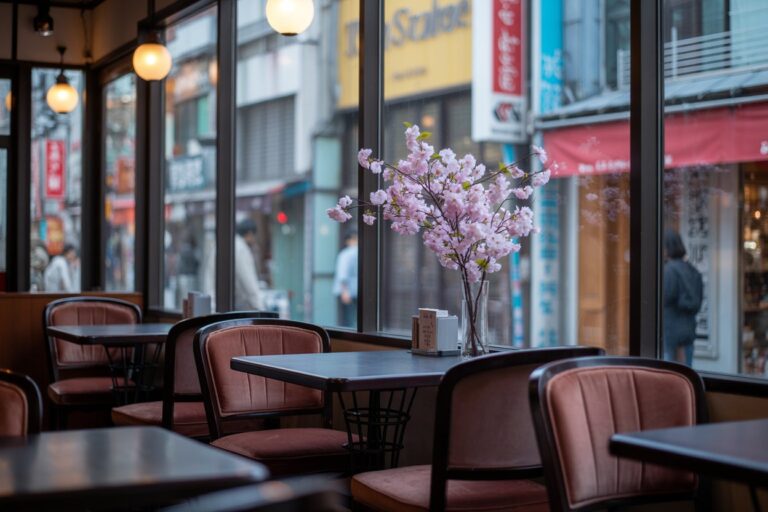How I Stick to Clean Eating While Traveling
The first year I started traveling solo full-time, I didn’t expect food to become my biggest challenge. One buffet turned into two, airport snacks replaced real meals, and caffeine became my breakfast.
After weeks on the road, my energy crashed. My body felt heavy, my focus blurry, and even short hikes started feeling harder than they should.
That’s when it clicked — being away from home doesn’t mean losing control of what fuels you. The moment you step into an airport, your body begins working harder than you think: less sleep, recycled air, dehydration, and food you didn’t plan for. Clean eating isn’t about perfection. It’s about staying grounded in the middle of chaos.
Once I started centering my meals on real, simple foods — think fresh fruit, lean protein, and grains that actually fill you — everything changed. My energy lasted longer, my moods leveled out, and I had more focus for what really matters: seeing the world, not fighting with my stomach.
If you’ve ever come home from a trip feeling bloated, tired, or guilty about what you ate, I’ve been there. Let me show you how I finally fixed it — without giving up the joy of local food.
My Simple Rule: Keep It Real, Not Perfect
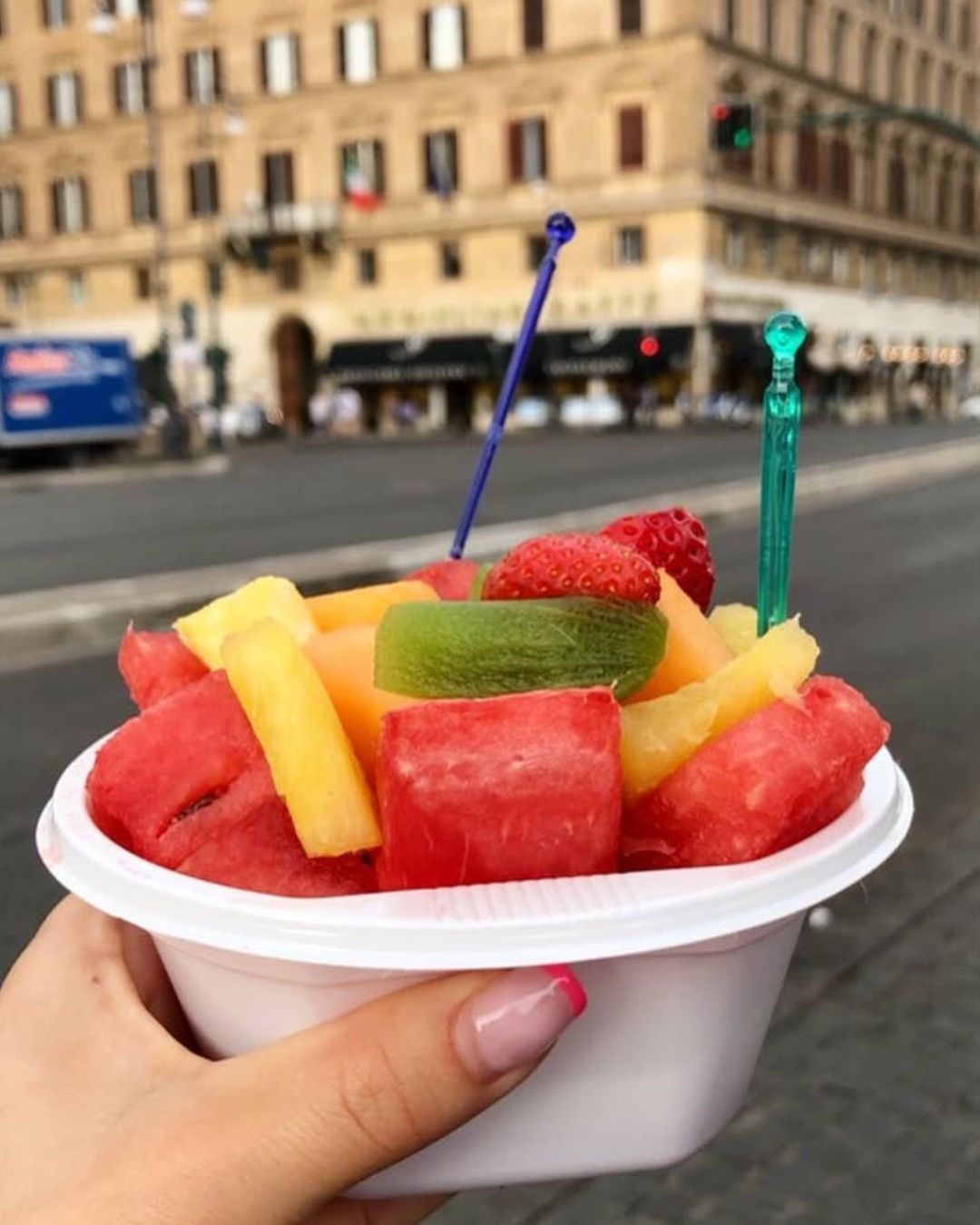
Clean eating doesn’t mean skipping dessert or saying no to every local dish. That’s not real life — especially when you’re exploring food scenes in places like Rome, Bali, or Patagonia. What helped me stay consistent was keeping one promise to myself: real food first, fun food second.
I focus on fruit, veggies, lean protein, and grains that keep me steady — then I enjoy something special without guilt. Maybe it’s gelato by a cobblestone street or tacos at a night market. The trick isn’t control; it’s awareness.
Travel taught me that food is part of the story. When I stop chasing perfection, I actually eat better.
Harvard Health notes that leaning on more plant-based meals and fewer processed foods can help keep your energy balanced and digestion lighter.
Here’s what that looks like in real life:
- Before you head out, pick one meal you’ll make your “real food” choice — maybe grilled fish with greens or a rice bowl with veggies.
- Pack one healthy snack before every travel day — fruit with nut butter or whole-grain crackers with hummus work well.
- When something local catches your eye, say yes — but make it your one daily treat. You’ll enjoy it more when it feels earned.
When you travel this way, food becomes a memory, not a mistake.
Before I Go: What I Pack and Plan

Half of clean eating happens before the first flight. I learned that the hard way — after one too many nights of gas-station snacks and instant noodles.
Now, I pack a tiny “survival kit” before every trip: almonds, dried fruit, and a refillable water bottle.
Nutritionists in Travel + Leisure also suggest this mix because it travels well and helps keep blood sugar steady mid-flight.
Here’s what usually goes into mine:
- A handful of unsalted nuts.
- A banana or apple to eat before boarding.
- A mini sandwich on whole grain bread.
- A water bottle I fill after security.
Before you leave, peek at your hotel listing. Does it have a mini-fridge or kettle?
If yes, you’ve already won half the battle. When I stayed in Lisbon, I picked up yogurt, berries, and granola from a small market. Breakfast took two minutes, and I walked out the door without sugar overload.
Try this tonight: open your bag and set aside one small pouch labeled “real food.” It’s a reminder that you’re packing for your body as much as your trip.
Airport and Plane Food Hacks

Airports used to be where my clean eating fell apart. Long lines, tempting smells, too little sleep — and suddenly I’d eaten two croissants before takeoff.
Then I changed one thing: I treated the airport like part of my health plan, not an exception.
First rule? Hydrate early. The dry air on planes pulls moisture out of you faster than you think. National Geographic explains that dehydration is one of the main reasons we feel drained after flying.
Here’s what helps me now:
- Fill your bottle after security and sip before coffee.
- Pick grilled wraps or rice bowls instead of fried meals.
- Keep a snack from your kit handy, so you’re never cornered by hunger.
- Move when you can — stand, stretch, walk. It’s not about fitness; it’s about digestion and focus.
Once you land, your body will thank you. You’ll start your trip steady instead of chasing recovery.
Hotel Strategies That Actually Work
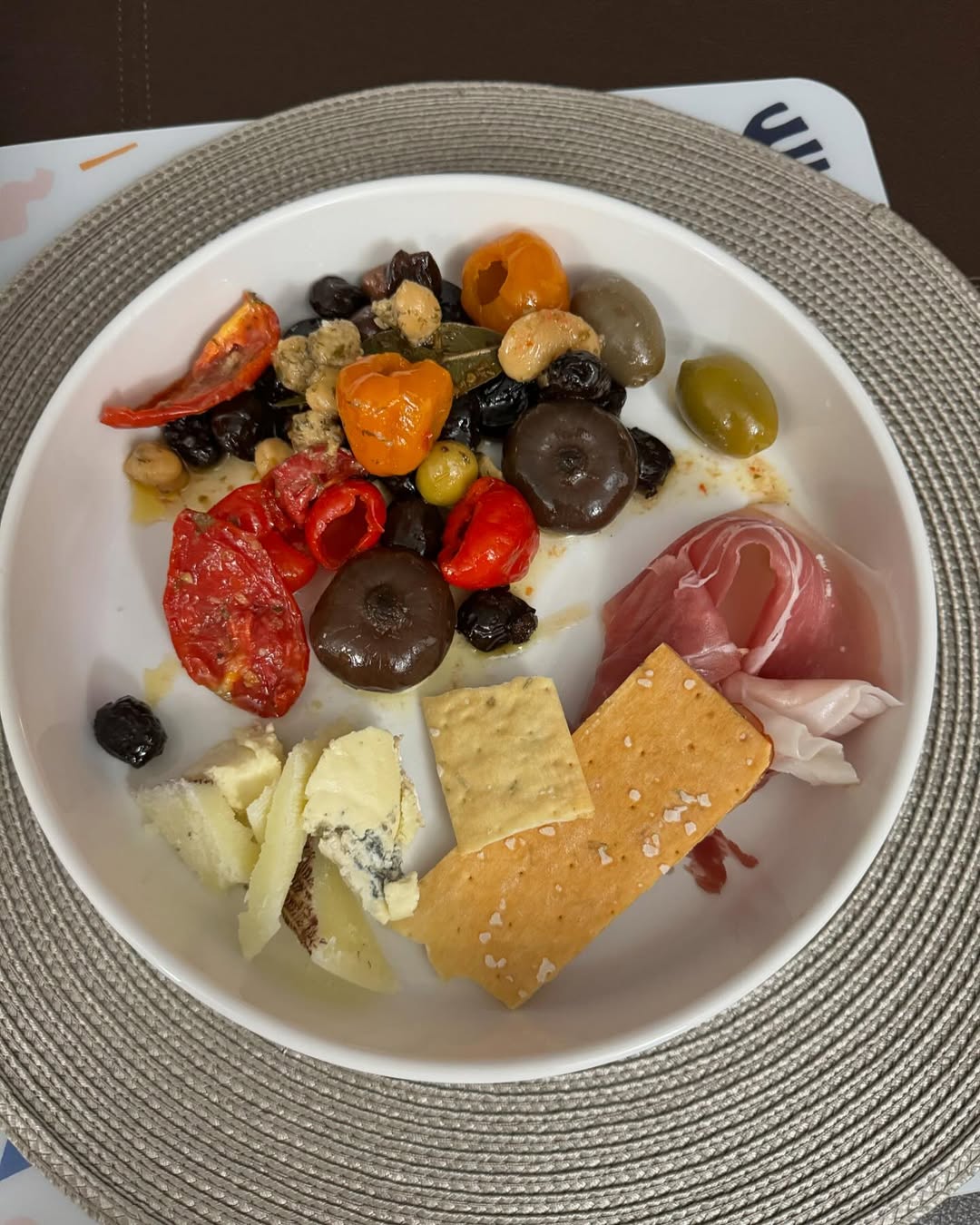
Every hotel room gives you two options: give in to the buffet or make the space work for you. I used to grab pastries and late-night snacks without thinking — until I realized how much better I felt when I treated my room like a small kitchen.
Now, the first thing I do after check-in isn’t unpacking — it’s finding a grocery store. I grab fruit, yogurt, and a few easy proteins like eggs or cheese. That small stop sets the tone for the whole trip.
Here’s how I make it work anywhere:
- After you drop your bags, search “grocery near me.” Even a convenience shop can get you something real to eat.
- Store perishables in the mini-fridge, or use the kettle for quick oatmeal or soups.
- At buffets, start with protein and fresh produce — eggs, fruit, or yogurt — before you even look at the pastry table.
Before your next trip, check if your room has a fridge or kettle. If it does, plan that grocery stop within your first hour. It’s the easiest way to eat cleaner without overthinking it.
Eating Out Without Going Off Track
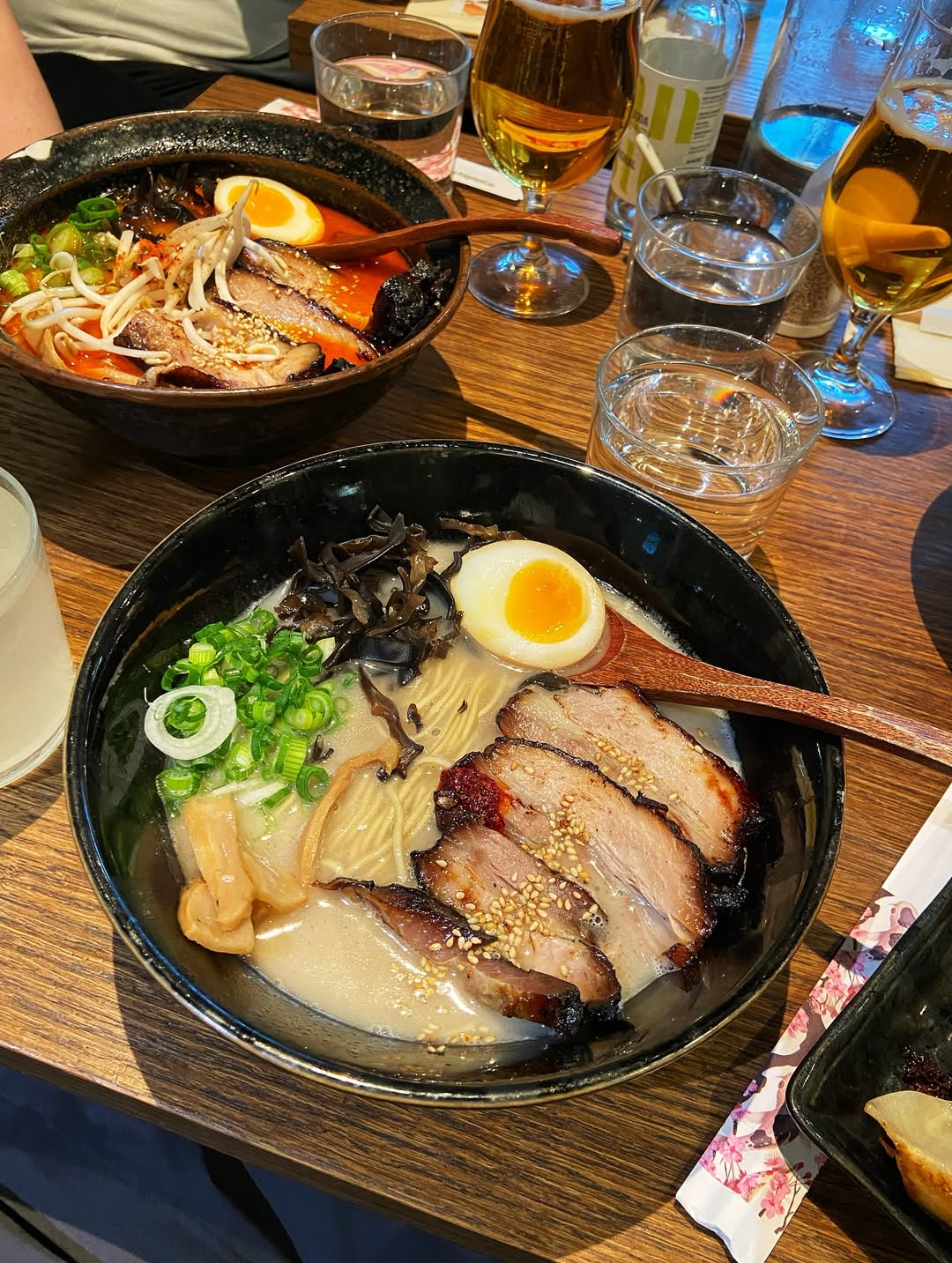
Travel meals can be some of life’s best moments — and you don’t have to miss out to stay healthy. My simple approach keeps indulgence and balance in the same sentence.
Here’s the rhythm I follow:
- Scan the menu fast for words like grilled, steamed, roasted, fresh.
- Use the “half-plate” guide: half veggies, one-quarter protein, one-quarter grains.
- Choose your treat early — if dessert calls, keep your main light.
When I was in Tokyo, this rhythm saved me from burnout. One night, I had ramen packed with veggies; the next, sushi with miso soup. I still tasted everything — just not all at once.
Your turn: on your next trip, use the half-plate rule for one meal. Notice how you feel after. Chances are, you’ll enjoy your food and your energy.
Staying Consistent on the Move
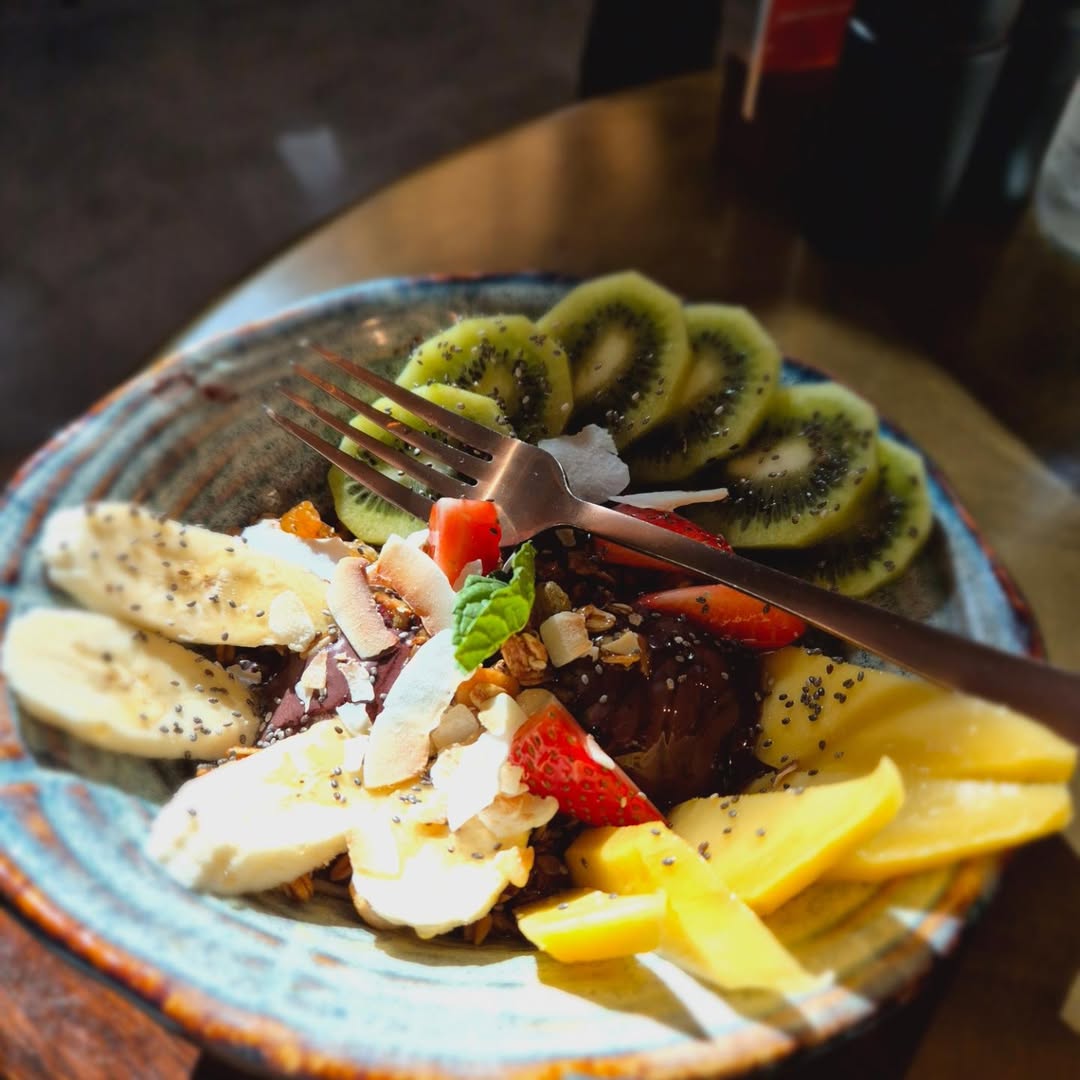
The hardest part of travel isn’t what you eat — it’s keeping any rhythm at all. Different time zones, erratic sleep, and long rides make your body forget what balance feels like.
So I built three anchors: hydration, movement, and real food. Johns Hopkins Medicine explains that small daily habits like walking, drinking water, and eating at regular times help reset your body clock and cut down jet lag fatigue.
Here’s how to keep yours steady:
- Move daily — even a 20-minute walk helps digestion and resets your body clock.
- Sleep before scrolling; fatigue tricks your body into craving sugar.
- Eat at roughly the same times each day to stabilize hunger cues.
Try setting a simple phone reminder every two hours: “Drink water, move a little.” Small, steady choices always outlast crash diets.
My Clean-Eating Mindset: Flexible but Intentional

Clean eating on the road isn’t about willpower — it’s about awareness. I’ve had trips where I nailed every meal and others where I didn’t. What matters is how quickly you return to what feels right.
The USDA reminds travelers that food and hydration habits strongly influence overall health. So when I slip — say I grab fries after a long hike — I don’t spiral. I just reset at the next meal.
Try this: if your last meal left you heavy or tired, treat the next one as a refresh. Add color, add greens, add water. It’s not punishment — it’s a comeback.
Clean eating on the go doesn’t mean you eat perfectly. It means you keep caring, even when the road gets messy.
Also read:
Your Ultimate Guide to On-the-Go Food That Actually Tastes Good
Smart Road Trip Snacks That Keep You Full and Happy Miles Later
Before we wrap up, I get a lot of questions from readers trying to stay consistent while traveling. Let’s clear up the ones that come up most often so you can plan your next trip with less stress and more energy.
FAQs About Clean Eating While Traveling
- How do I find healthy food when I don’t know the local language?
Use photos on the menu or translation apps to spot words like “grilled,” “fresh,” or “vegetable.” Local markets are also your best friend — pointing and smiling goes a long way.
- Is it okay to eat street food while sticking to clean eating?
Yes—just choose stalls with high turnover and cooked-to-order meals. The CDC advises eating foods served hot and avoiding raw toppings in regions where water quality is uncertain.
- How do I avoid overeating at hotel buffets?
Do a slow walk around before picking up a plate. Start with fruit or eggs, add something colorful, then see if you still want more. Most of the time, you won’t.
- What’s the best snack for long flights?
Protein bars, nuts, or fruit that doesn’t bruise easily. TSA confirms you can bring solid snacks through security; just fill your bottle after you pass the checkpoint.
- How do I stay hydrated without buying endless plastic bottles?
Pack a collapsible reusable bottle and refill it after security. Most airports now have free water stations. National Geographic reminds travelers that dehydration is the main cause of mid-flight fatigue.
Closing Thoughts
Travel has a way of testing your habits. Every airport, buffet, and night market tempts you to forget what makes you feel good. But once you learn to balance real food with a little flexibility, it stops being hard work — it becomes instinct.
Start small: pack that snack kit, walk each day, drink your water, and eat meals that help you enjoy your trip instead of slowing it down. You don’t need to chase perfection; you just need to stay aware.
If you’ve tried any of these clean-eating habits on the road, I’d love to hear how it went.
Drop a comment below and share what worked for you — your tip might help the next traveler keep their journey healthy, too.



